Teri Meri Kahaniyaan Drama Review: Teri Meri Kahaniyaan is a 2023 Pakistani anthology film consisting of three short films directed by Nabil Qureshi, Marina Khan, and Nadeem Baig. The film stars an ensemble cast including Maya Ali, Mahira Khan, Fahad Mustafa, and Sanam Saeed.
The film’s first story, “Sajna Sath Nibhana,” is a romantic comedy directed by Nabil Qureshi. It tells the story of a young couple who are forced to marry against their will. The second story, “Pasoori,” is a drama directed by Marina Khan. It tells the story of a woman who is struggling to come to terms with her husband’s infidelity. The third story, “Aik Sau Taeeswan,” is a thriller directed by Nadeem Baig. It tells the story of a man who is accused of a crime he did not commit.
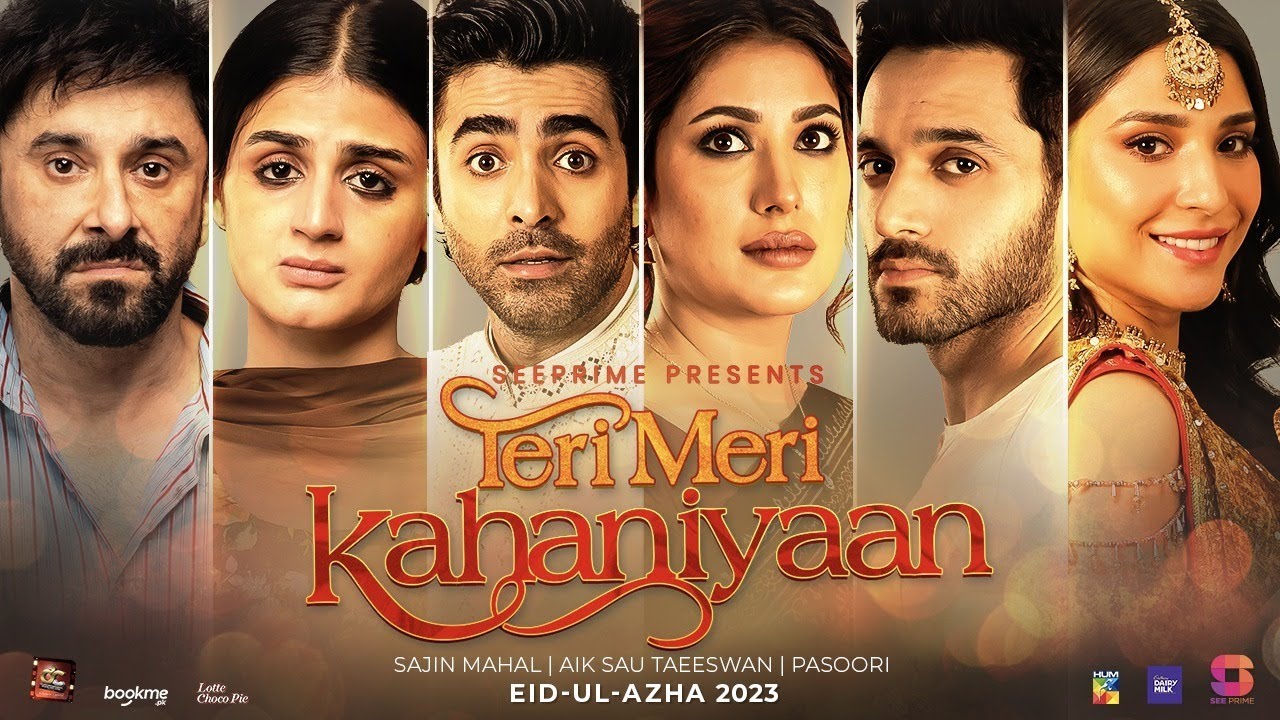
Teri Meri Kahaniyaan was released in theaters on Eid al-Adha 2023. It received mixed reviews from critics, with some praising the film’s performances and others criticizing its unevenness. The film was a commercial success, grossing over 100 crore rupees at the box office.
Review
Teri Meri Kahaniyaan is an ambitious film that attempts to tell three different stories in one. The film’s three stories are all well-made and engaging, but they don’t always feel like they belong together. The film’s first story, “Sajna Sath Nibhana,” is a light and breezy romantic comedy that is sure to please fans of the genre. The second story, “Pasoori,” is a more serious drama that deals with themes of infidelity and betrayal. The third story, “Aik Sau Taeeswan,” is a suspenseful thriller that will keep you on the edge of your seat.
The film’s cast is one of its strongest assets. Maya Ali, Mahira Khan, Fahad Mustafa, and Sanam Saeed all give excellent performances. Maya Ali is particularly good as the young woman who is forced to marry against her will in “Sajna Sath Nibhana.” Mahira Khan is also excellent as the woman who is struggling to come to terms with her husband’s infidelity in “Pasoori.” Fahad Mustafa and Sanam Saeed are both good in their respective roles in “Aik Sau Taeeswan.”
The film’s direction is also commendable. Nabil Qureshi, Marina Khan, and Nadeem Baig all do a good job of bringing their respective stories to life. Qureshi’s direction of “Sajna Sath Nibhana” is particularly stylish and visually appealing. Khan’s direction of “Pasoori” is sensitive and nuanced. Baig’s direction of “Aik Sau Taeeswan” is suspenseful and atmospheric.
Overall, Teri Meri Kahaniyaan is an ambitious and well-made film that is sure to please fans of Pakistani cinema. The film’s three stories are all engaging and well-acted, and the film’s direction is commendable. However, the film’s unevenness may prevent it from appealing to a wider audience.
Delving Deeper into Teri Meri Kahaniyaan: Beyond the Surface
While the initial review provides a comprehensive overview of Teri Meri Kahaniyaan, further analysis can explore specific aspects and potential interpretations:
Genre Exploration:
- Each story tackles a distinct genre – romantic comedy, drama, and thriller. This offers a diverse viewing experience, catering to different audience preferences. However, the stark differences in tone and pacing may create a sense of discontinuity for some viewers who might crave a more cohesive narrative flow.
Themes and Symbolism:
- Despite their differences, the stories share underlying themes. Exploring the concept of “love” in its various forms (romantic, familial, self-love) across the narratives becomes an interesting exercise. Additionally, symbols like “marriage” and “journey” carry significant weight in each story, inviting interpretation and reflection on their deeper meaning.
Character Development:
- Due to the limited runtime of each story, character development can be a challenge. Focusing on a specific conflict or internal struggle in each character allows for a glimpse into their complexities, even within the short film format. For instance, analyzing the choices made by the protagonist in “Aik Sau Taeeswan” or the emotional journey of the character in “Pasoori” can reveal layers of development despite the constraints of time.
Cultural Context:
- Understanding the social and cultural context of Pakistani society adds depth to the interpretation of the film. The expectations surrounding marriage, the pressures faced by women, and the societal perception of infidelity all influence the characters’ actions and motivations. Analyzing the stories through this lens offers a richer and more nuanced understanding of the film’s message.
Technical Aspects:
- Exploring the technical aspects like cinematography, music, and editing can reveal further layers of meaning. Each director’s unique stylistic choices contribute to the overall experience. Analyzing how these elements work within each story and across the entire film can be insightful.
Audience Reception and Legacy:
- While initially receiving mixed reviews, exploring the discussion surrounding the film can reveal its cultural and artistic impact. Was it seen as an innovative experiment or a missed opportunity to create a more cohesive narrative? Did it spark conversations about social issues? Understanding audience reception can provide valuable insight into the film’s lasting impact.
Conclusion
Teri Meri Kahaniyaan, while ambitious in its scope and diverse in its content, invites deeper introspection beyond the initial viewing experience. By delving into its thematic core, analyzing individual stories, and acknowledging its cultural context, one can gain a more comprehensive understanding of its artistic merit and potential impact on the audience and Pakistani cinema as a whole.
Share this content:

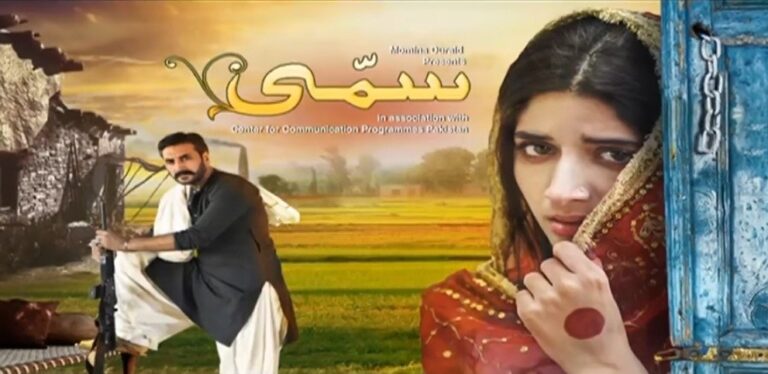








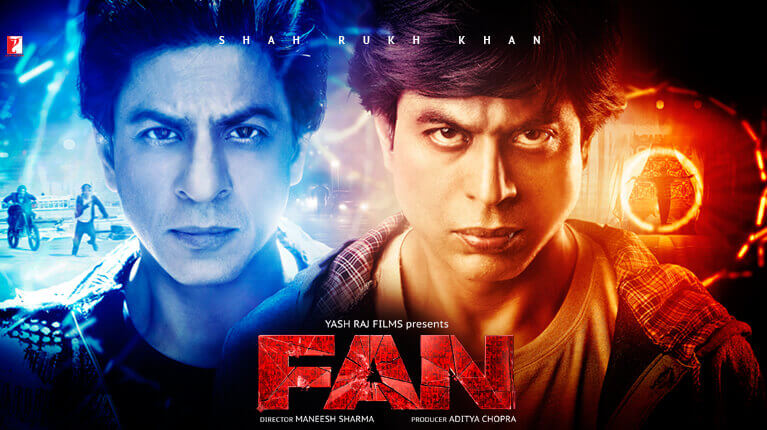
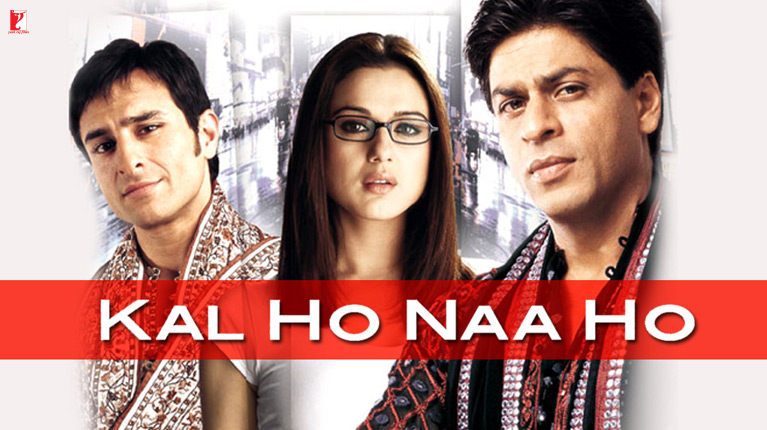
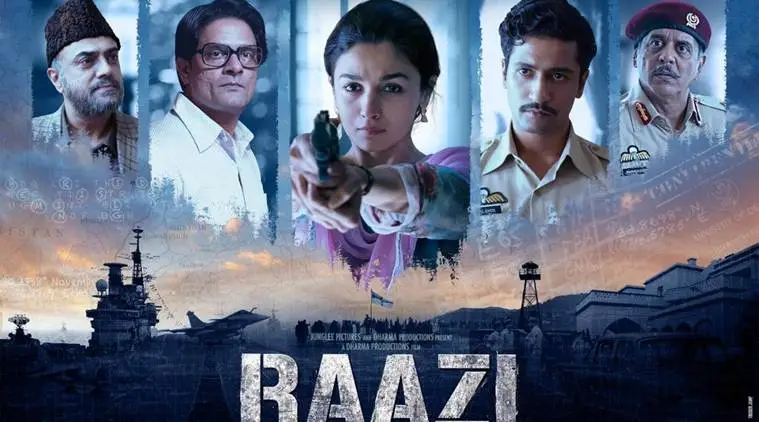
+ There are no comments
Add yours